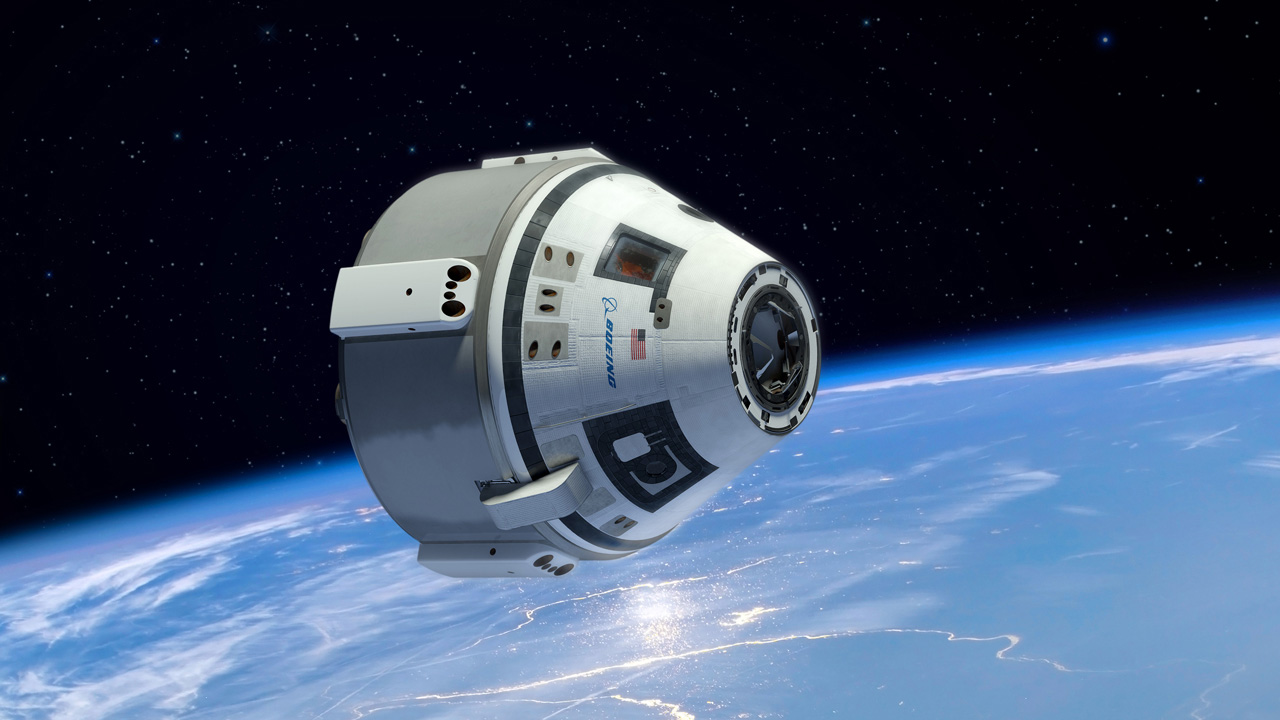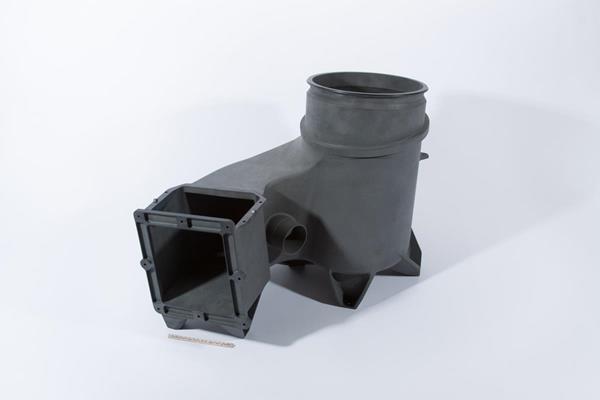Boeing have enlisted Oxford Performance Materials (OPM) to 3D print parts for their CST-100 Starliner spacecraft. The Starliner will launch early next year. OPM have already begun shipping the OXFAB parts to Boeing ready for installation. Back on Earth, 3D printed parts will be incorporated into Boeing’s commercial air plane engines. Including the Boeing 737 that uses GE’s LEAP nozzle, the engine having recently been approved by the Federal Aviation Administration. Oxford Performance Materials will be using Selective Laser Melting in manufacturing their lightweight OXFAB parts for Boeing.

The CST spacecraft
Boeing’s Starliner spacecraft was developed in collaboration with NASA’s Commercial Crew Program. The off world vessel will transport up to 7 crew members to Low Earth Orbit (LEO) destinations, such as the International Space Station. The spacecraft can transport cargo and people simultaneously.

The 3D printed parts
Boeing chose Oxford Performance Materials for their continued demonstration of producing high performing additive manufactured materials which provide lightweight solutions perfect for aerospace application. The company which was founded in 2000 is focused on manufacturing fully functional parts through use of its OXPEKK material which is a poly-ether-ketone-ketone formulation.
Lawrence Varholak, President of OPM Aerospace and Industrial, spoke about the developments,
From our earliest discussions with Boeing, they stressed the need to see significant reductions in weight, cost and lead times in order to consider replacing traditional metallic and composite parts with a new technology for their space programme. We are proud to be developing and delivering OXFAB technology to the highest standards.
Through additive manufacturing and OXPEKK material, OPM have been able to provide a solution for Boeing which includes shorter lead times and cheaper manufacturing yet yielding high quality parts which although lightweight have great strength and heat tolerance. The parts produced have been created in collaboration with NASA, who themselves have recently given a $500,000 grant to the University of Pittsburgh to develop superalloy research.
Follow the latest news on 3D printing in the aerospace industry by signing up to our newsletter.
Featured image of Boeing’s Crew Space Transportation (CST) system in construction. Photo via Boeing.



